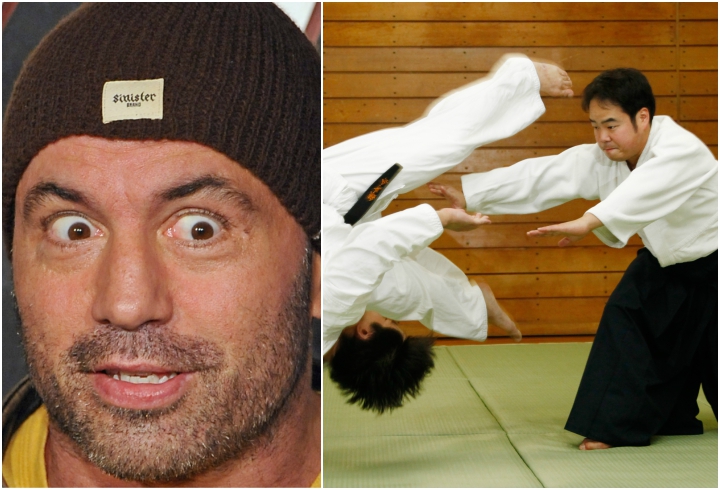Aikido once used to be a famous Martial Art, respected by all martial artists. Yet these days it is losing it’s popularity fast, while being compared to other modern martial arts. Yet what made it become so unpopular? And what can actually save it from this unfortunate fate?
Aikido often has a mixed or even negative reputation, especially between practitioners of MMA and BJJ. It took years for this Aikido black belt to realize why this is actually the case. If you want to know what is the real reason why Aikido is disliked by BJJ, MMA and other combat sports practitioners, check out the video.


















